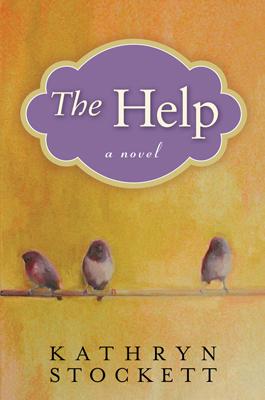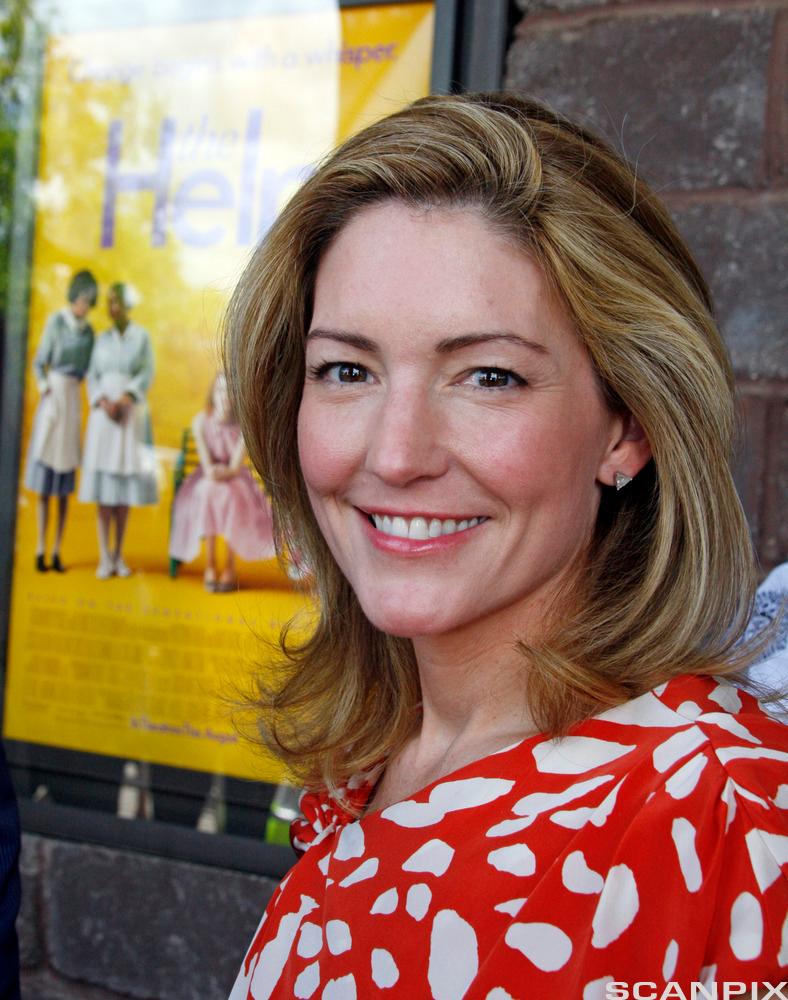
About the Novel

Kathryn Stockett has explained that the idea behind The Help (2009) was born in the aftermath of 9/11. Living in New York, she was unable to reach her family in the South, because of the impaired phone and mail services. She was really homesick and started thinking about the maid she had had when she was growing up.
The African-American Civil Rights Movement and the momentous historical events taking place at this time create a backdrop for a tale of loving compassion and sacrifice. A young, white woman, Eugenia Phelan, and two black maids, Aibileen Clark and Minny Jackson, speak out against inequality, institutionalized racism, cruelty and the lack of human rights. With the threat of isolation and brutal violence hanging over their heads, they choose to cross lines and tear down the old barriers between blacks and whites, built up from the time of slavery and the establishment of the rigid Jim Crow Laws. The personal lives and backgrounds of these three women unfold parallel to the social upheaval of the 1960s. Midst protests and non-violent sit-ins, NAACP Field Secretary Medgar Evers is gunned down by the KKK. In one of the most racially segregated states in the USA, Eugenia “Skeeter” Phelan, a novice journalist, alienates herself from her childhood friends. She rebels against old Southern etiquette, by gathering interviews from the black maids on what it is like to work for white employers. The publication of the book of interviews demonstrates not only personal courage but also the phenomenal changes that are taking place in a society where lynchings, beatings and other forms of oppressive cruelty have become part of everday life.
The novel was made into a movie in 2011.
If you do not plan to read the entire novel, you can read an excerpt and watch the movie trailer in this article about The Help.
Working with the Novel
Having read The Help, you can work with the novel in several ways. Students are traditionally asked to analyze a literary work and thus you will find tasks providing such an opportunity below. You will also find suggestions for writing topics. If you enjoy making interviews and radio programs, we also have a suggestion for you. Or what about making a board game? We also suggest a project work about the historical setting of the novel. In this way you will learn more about the 1960s and the Civil Rights Movement as well.
Literary Analysis
Setting
- Where and when does the story take place?
- Kathryn Stockett juxtaposes historical and political events with the everyday lives of the characters. Why is this significant?
- Why does she pay so much attention to seasonal changes and the weather?
Characterization
- Make a character table using the character traits below of the following characters: Aibileen Clark, Eugenia "Skeeter" Phelan, Elizabeth Leefolt, Hilly Holbrook, Minny Jackson, Celia Foote, Mrs Charlotte Phelan, Stuart Whitworth, Constantine Bates.
- Age and physical appearance
- Personality traits
- Language patterns
- Stereotype
- Static character
- Developing character
- Discuss with a partner why you think a character may be put into the category of stereotype, static or developing.
Plot and Structure
- Sum up the plot of the story
- How is the plot structured?
- There are many small turning points in the novel that Stockett uses to stir our interest. For example, in chapter 7, Robert Brown is beaten and at the same time Skeeter decides to persuade Aibileen to be interviewed. Can you find other such examples? What chapter would you consider as THE turning point or climax of the novel? Why?
Narrators and Point of View
- Who are the narrators of the story?
- How does their storytelling differ?
- Does the author speak through them?
Theme
- Many of the themes in The Help revolve around the story of human suffering and the social grievances of African-Americans in the 1960s. Discuss themes and exemplify how they are developed in the novel. You can read more about themes here.
Style
- Kathryn Stockett belongs to a Southern oral tradition of storytelling where the protagonists use rich dialects to tell their narratives. What is characteristic of the way the three protagonists use language? Can you find any stock phrases or expressions that are individual to our narrators?
- Minny’s chocolate pie in Chapter 2, and the azalea bush and mimosa tree in Chapter 4 are symbols we find in the novel. What do you think they symbolize? Can you find other symbols?
- Irony is a manner of expression where the author says one thing but means the exact opposite. Can you find any examples of this in the book?
The Title
- What do you think about the title? What does it mean?
Further Information: You can read more about analyzing the novel here.
Historical Names and Events
Historical Names and Events in The Help – drag and drop
Writing
- Using your character table, write a character portrayal of two of your favorite characters. Discuss how their family backgrounds have influenced their actions, what they symbolize and what it is that you like or dislike about them.
- The Jim Crow Laws in the South were examples of institutional discrimination enacted in the USA from 1876-1965. They supported the “separate but equal” status of American blacks. Equally discriminatory is the ignorant prejudice we find in the novel. Read through the novel and pick out examples and write an essay where you discuss the concept of ignorant prejudice. What must be done to change people's opinions and attitudes towards racism?
- Many of the themes in The Help revolve around the story of human suffering and the social grievances of African-Americans in the 1960s. Write an essay where you discuss the themes in the novel. Exemplify how the themes are developed. You can read more about different themes here.
- Rewrite a scene from the novel and let Hillary narrate the story.
- Write a news article about an important event from the book.
- Watch the movie. Write an essay comparing and contrasting the book and the movie.
Radio Program
Select a character from the novel and make a radio program where you interview her/him. Include music and and other prompts to make it real. You might even consider questions from your listeners. Work with a partner and record the interview using audacity. You can download audacity here. Click here for tutorials.
Board Game
Create a board game in which the game pieces represent the characters and the board shows the plot sequence/main events of the entire novel. This must include rules and be playable. You might want to consider games like Life, Monopoly, Clue, or Taboo.
Project Work
Go online and find material on the history and conditions for African-Americans during the 1950s and 1960s. Make a digital presentation of your findings. Include music of the times and historical photos from magazines and newspapers. These suggestions might be helpful:
• The Civil Rights Movement
• the bus boycotts – Rosa Parks
• school segregation – Little Rock Arkansas
• demonstrations and non-violent action
• protests against Jim Crow laws
• Martin Luther King, Jr.
• The March on Washington D.C.
• The Civil Rights Act
• The Voting Rights Act
• Black Power